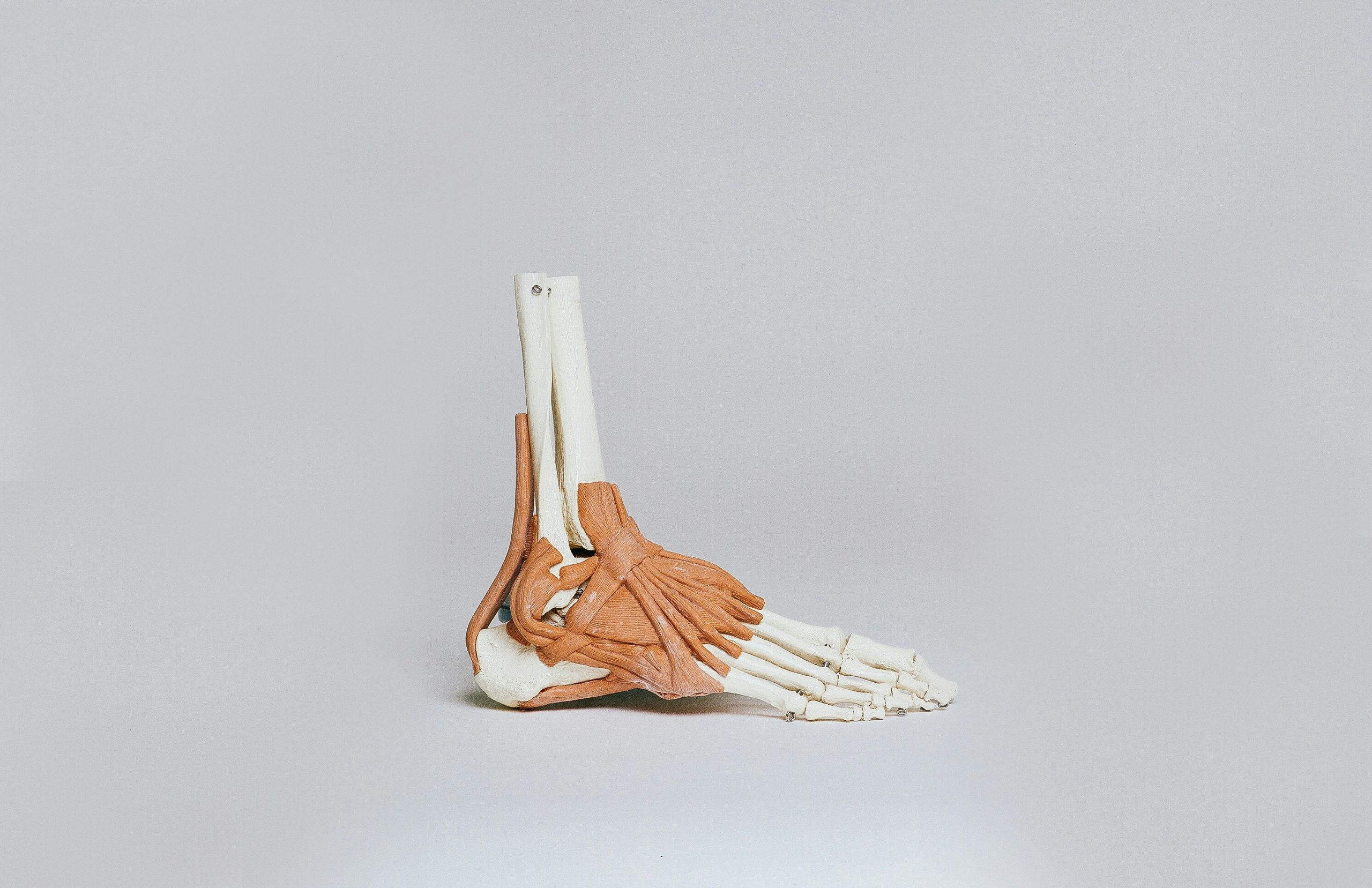Ankle sprains are among the most common sports and activity-related injuries, often causing pain, swelling, and limited mobility. Rehabilitation is critical for restoring function and preventing chronic instability. Low-Level Laser Therapy (LLLT), such as the Handy Cure Low-Level Laser, has proven to be a game-changing tool in speeding up recovery and reducing pain. This article outlines a step-by-step guide for using laser therapy to rehabilitate ankle sprains effectively.
Understanding Laser Therapy for Ankle Sprains
Laser therapy uses specific wavelengths of light to penetrate the skin and reach deep tissues. This light energy stimulates cellular repair processes, increases ATP production, and reduces inflammation by inhibiting pro-inflammatory markers. A study published on PubMed demonstrated that LLLT significantly improves the healing process for soft tissue injuries like ankle sprains.
Step-by-Step Guide to Using Laser Therapy for Ankle Sprains
Step 1: Initial Assessment
- Evaluate the severity of the ankle sprain. Minor sprains may only require 1–2 weeks of treatment, while severe injuries might benefit from extended use.
- Consult a healthcare provider if the sprain involves extreme swelling or suspected fractures.
Step 2: Setting Up the Laser Device
- Use a portable, easy-to-operate device like the Handy Cure Low-Level Laser.
- Ensure the device is charged and set to the appropriate mode. For acute injuries, lower intensity settings may be ideal.
Step 3: Positioning and Treatment
- Clean and dry the affected area.
- Position the laser directly above the sprained ankle, covering key points such as the lateral ligaments and surrounding soft tissues.
- Treat each section for 3–5 minutes, ensuring even coverage.
Step 4: Frequency of Use
- Use the laser therapy device 2–3 times daily for the first week.
- Gradually reduce sessions as pain and swelling decrease.
Step 5: Combine with Physical Rehabilitation
- Incorporate gentle mobility exercises such as ankle circles and stretching to restore range of motion.
- Add strengthening exercises, like resistance band work, once swelling subsides.
Customer Testimonial: Marc A., Yokine, WA
“My wife and I have been using the laser for a few months now and mainly find it does help to reduce pain from injuries. My wife sustained an injury to her heel, and although it hasn’t gone away, the laser reduces soreness and she finds it soothing. Personally, my ankle injury has completely healed, and while it would have healed eventually, the use of the laser reduced the soreness and may have improved the recovery.”
Marc’s story highlights the effectiveness of the Handy Cure Laser in reducing soreness and accelerating recovery for ankle injuries.
Top Benefits of Using Laser Therapy for Ankle Sprains
- Pain Relief Without Medication
Laser therapy targets inflammation at its source, reducing pain naturally. - Accelerated Recovery
By stimulating cellular repair, LLLT shortens the healing time for soft tissue injuries. - Non-Invasive and Safe
Unlike medications or surgical interventions, laser therapy is painless and free from adverse side effects. - Reduces Swelling and Stiffness
The therapy improves circulation and lymphatic drainage, addressing swelling and restoring mobility. - Easy at-Home Use
Devices like the Handy Cure Laser offer professional-grade results in the comfort of your home.
Answering the Top 5 Questions About Laser Therapy for Ankle Rehabilitation
1. How does laser therapy work for ankle sprains?
LLLT increases cellular energy and reduces inflammation, speeding up the body’s natural healing process.
2. Is laser therapy safe for everyone?
Yes, when used as directed. However, avoid using the device over open wounds or during pregnancy without consulting a healthcare provider.
3. How long does each session take?
Each session typically lasts 10–20 minutes, depending on the severity of the sprain and the size of the treatment area.
4. Can laser therapy prevent future sprains?
While laser therapy aids recovery, combining it with strengthening and balance exercises is essential to prevent recurrence.
5. Is the Handy Cure Laser effective for chronic ankle pain?
Yes, the Handy Cure Laser is highly effective for managing chronic pain by reducing inflammation and promoting tissue health.
Product Review: Handy Cure Low-Level Laser
The Handy Cure Laser is a versatile and portable device designed for pain relief and accelerated healing. Its ability to target inflammation and reduce soreness makes it a must-have for managing ankle sprains and other injuries. Learn more about this device here.
Final Thoughts
Rehabilitating an ankle sprain can be a faster and more comfortable process with the help of Low-Level Laser Therapy. Backed by scientific research and real-world testimonials, devices like the Handy Cure Laser provide a safe and effective solution for pain relief and accelerated healing.
References:
Baxter, et al. (1998). “Low-Level Laser Therapy for Soft Tissue Injuries.” Physiotherapy Theory and Practice. Read the study here.
